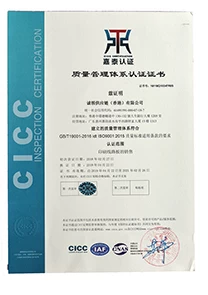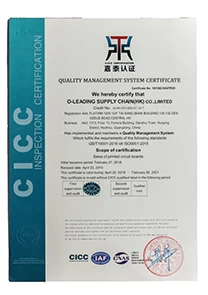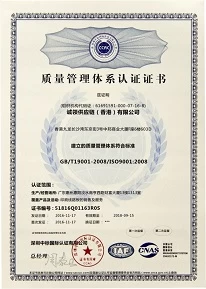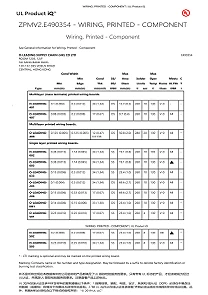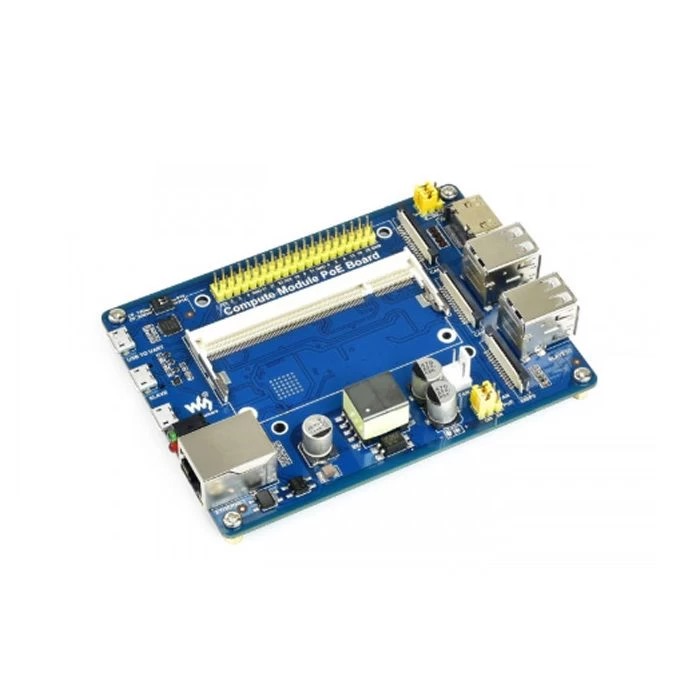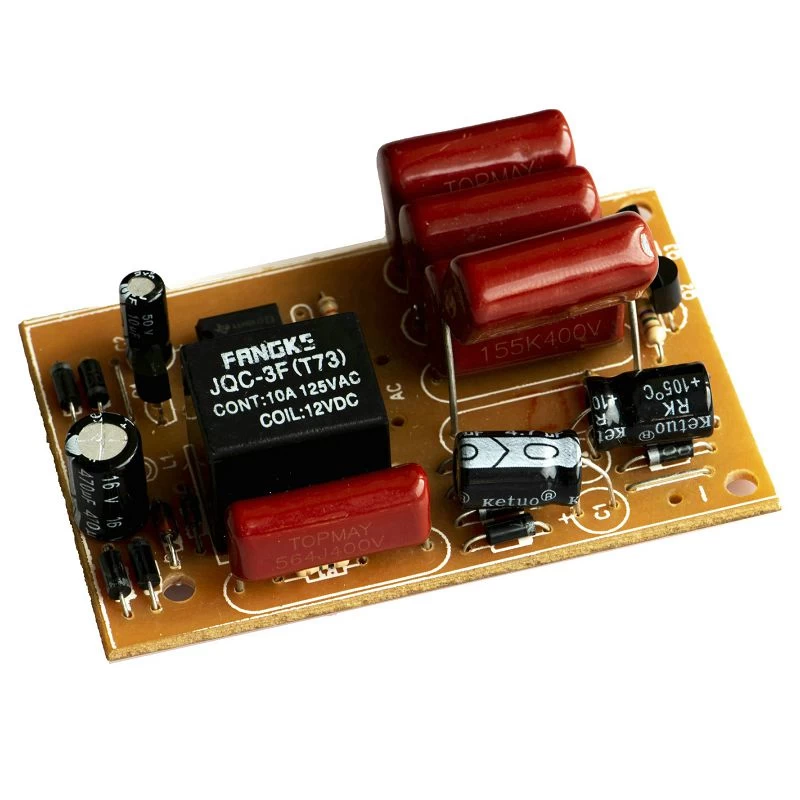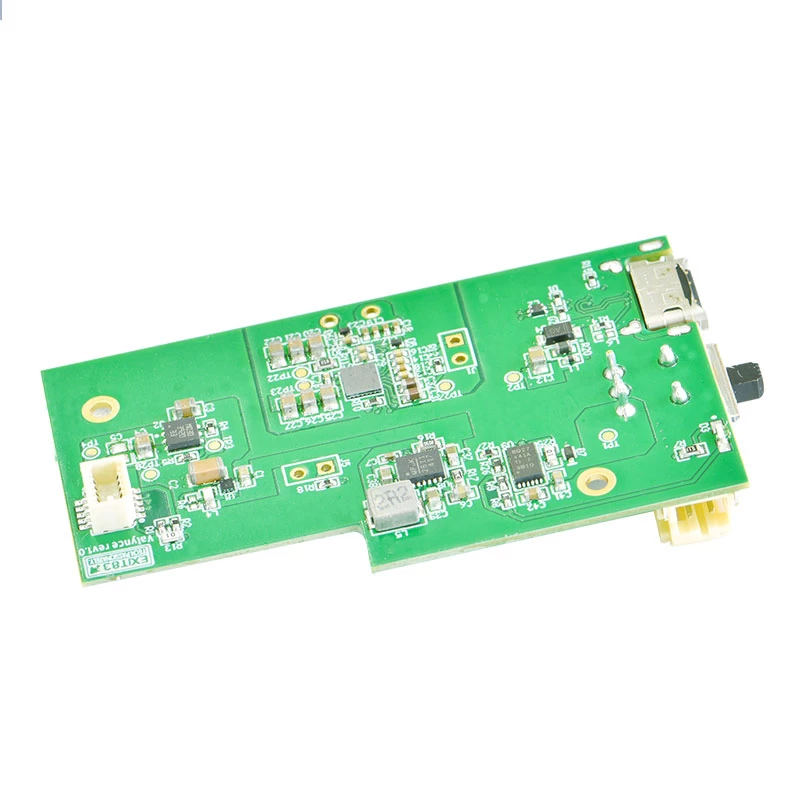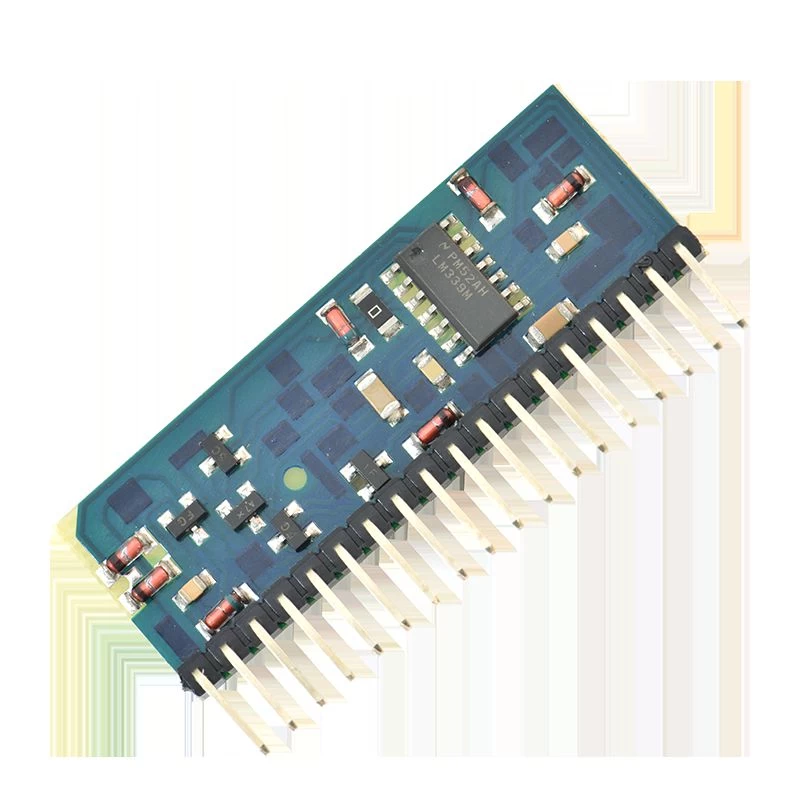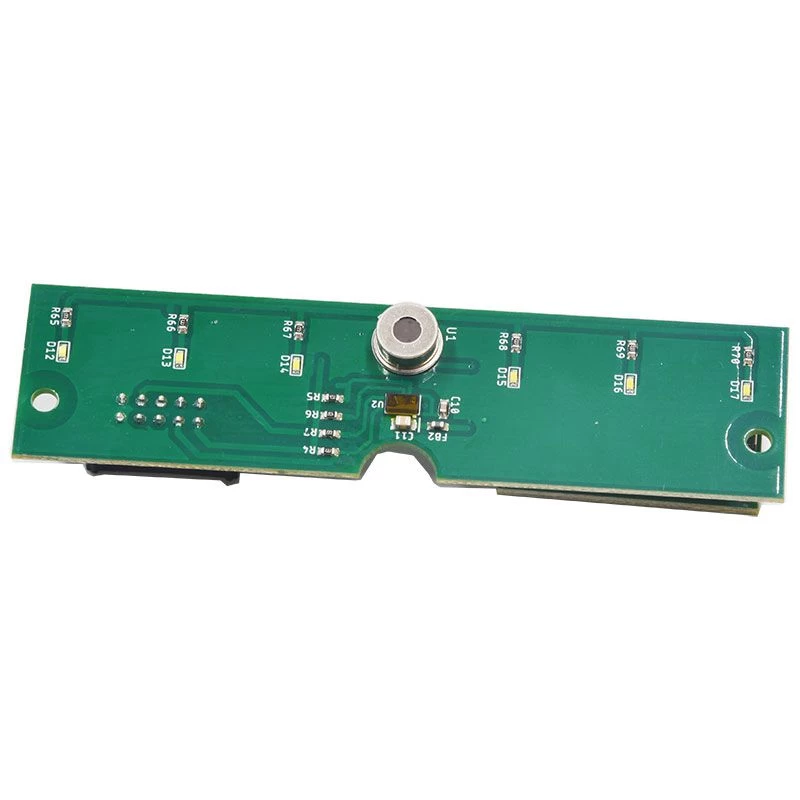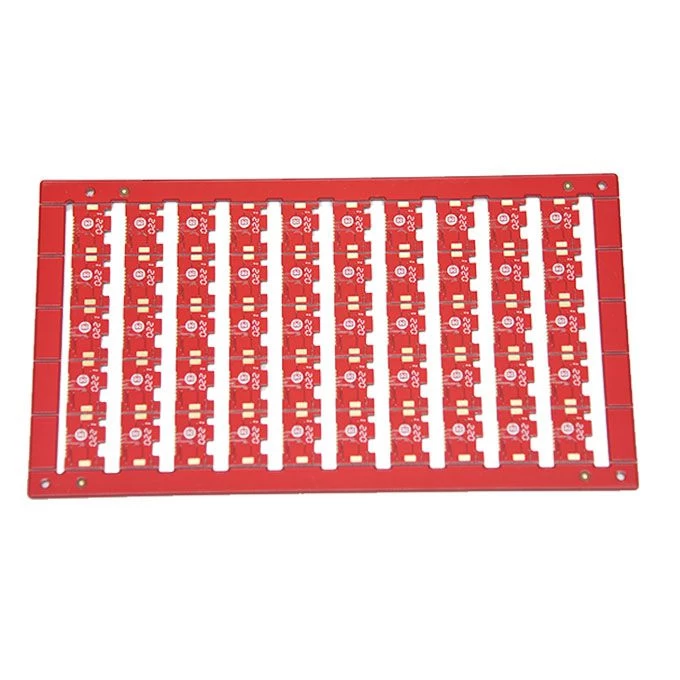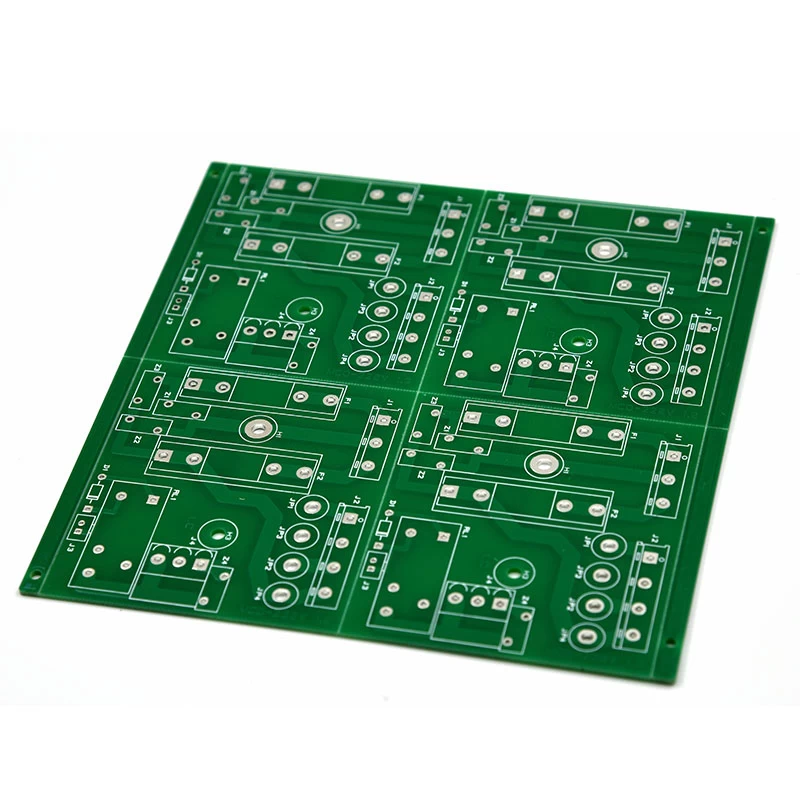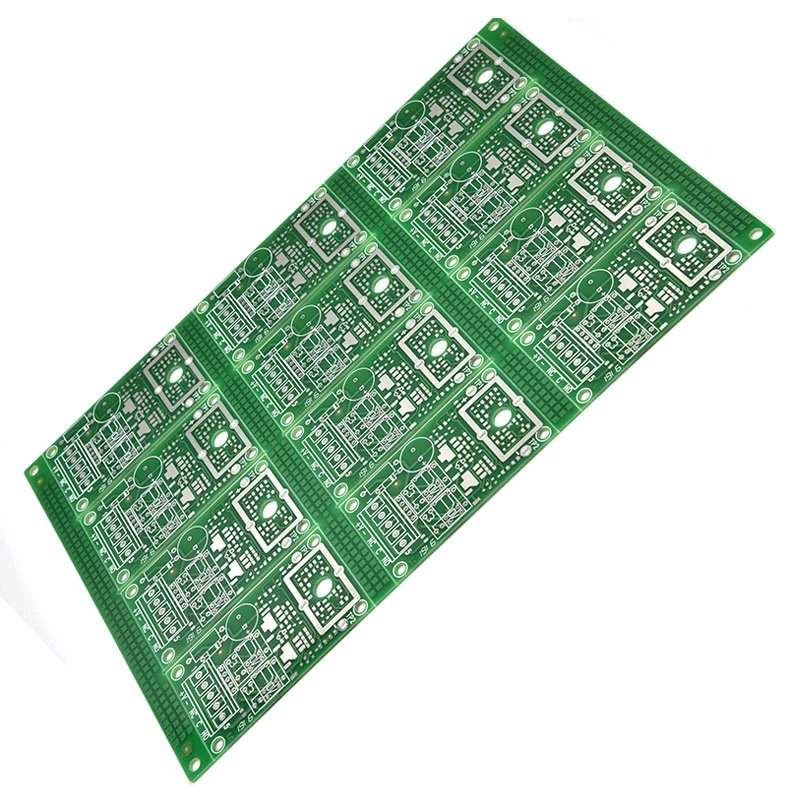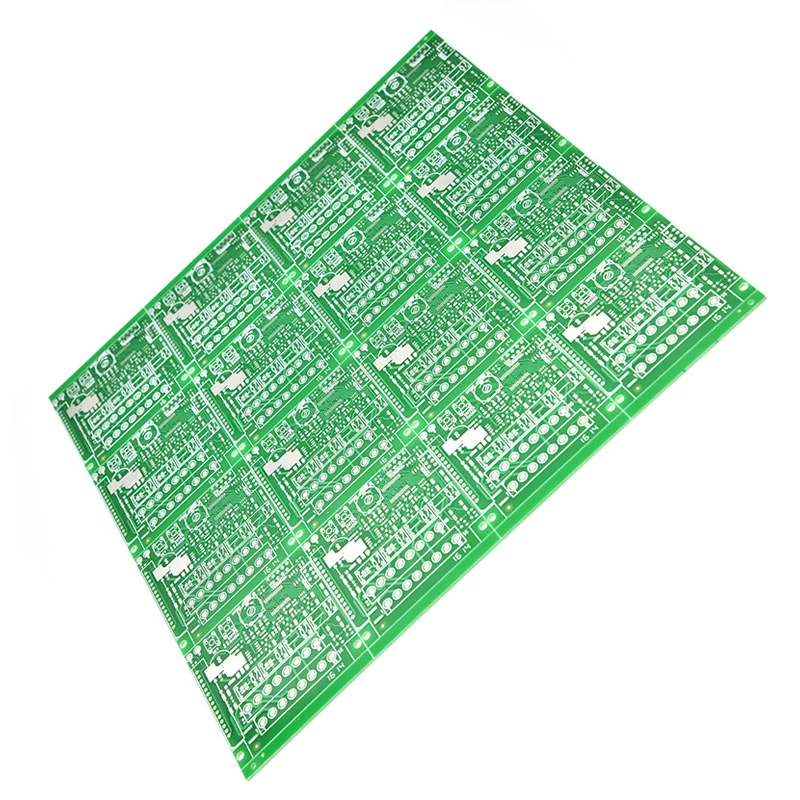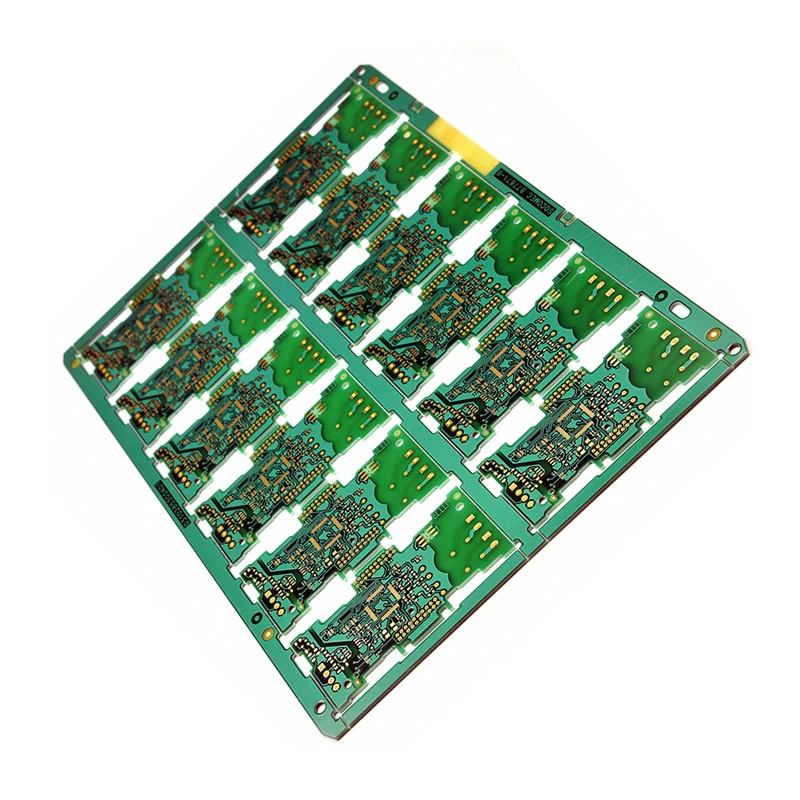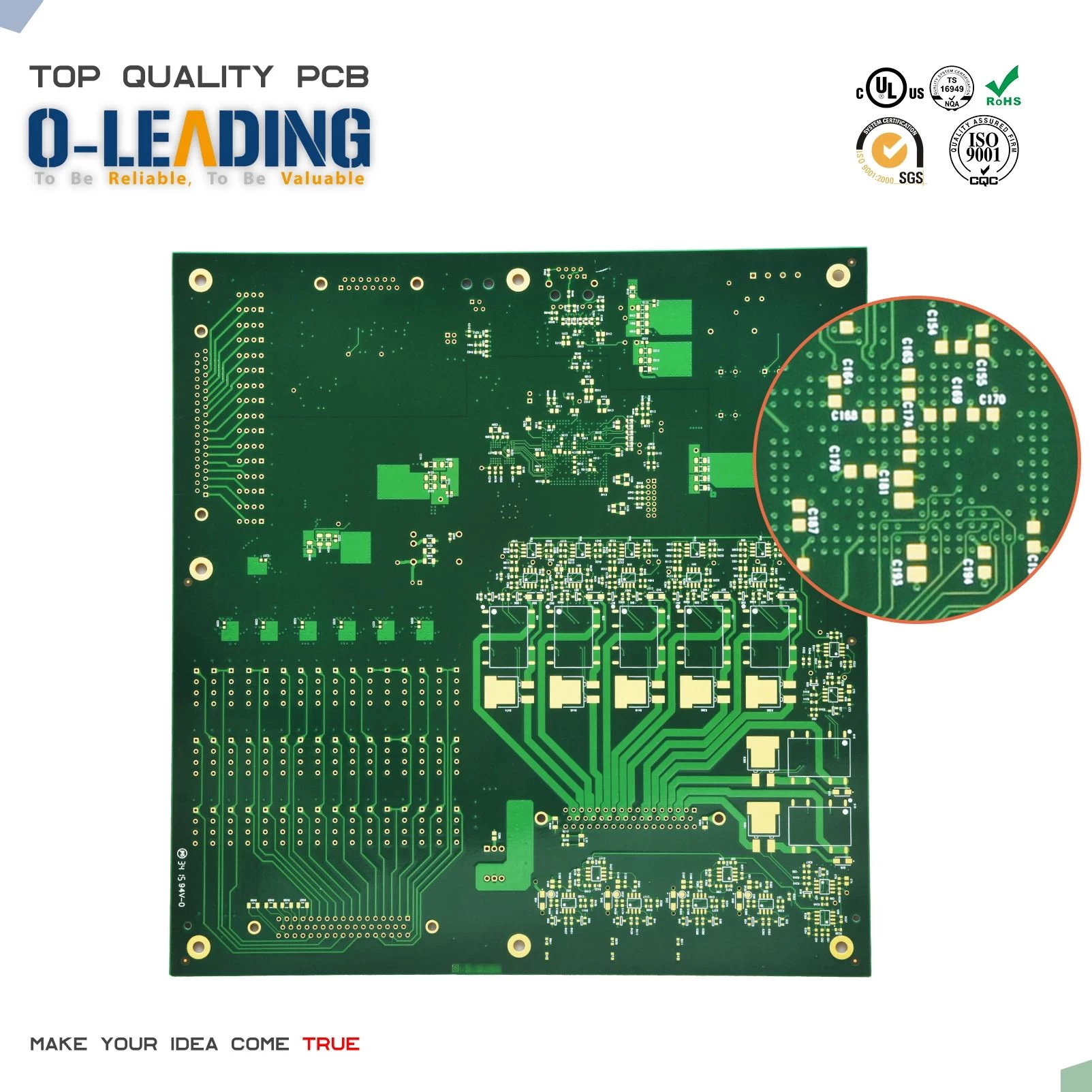Does the addition of test points affect the quality of high-speed signals?
o-leading.com
o-leading.com
2017-09-21 13:49:06
As for the quality of the signal, it depends on how fast the test point is added and how fast the signal is. Basically, additional test points (via or, DIP, pin), when tested, may be added to the line or pulled out a little line from the line. The former is equivalent to adding a small capacitor on the line, while the latter is more than one branch. These two cases will have some impact on the high-speed signal more or less, the extent of the impact is related to the signal frequency, speed and signal margin change rate (edge rate). The size of the effect can be learned by simulation. In principle, the smaller the test point, the better (of course, to meet the requirements of the test machine), the shorter the branch, the better.

Can automatic test points be generated through software on a high density printed circuit board, and can it meet the testing requirements for mass production in general?
The general software automatically generates test points to meet the test requirements. It is necessary to see whether the specifications of the additional test points meet the requirements of the test tools. In addition, if the line is too dense and the testing point is more strict, then it is impossible to automatically add test points to each line. Of course, you need to manually fill the place you want to test.

Can automatic test points be generated through software on a high density printed circuit board, and can it meet the testing requirements for mass production in general?
The general software automatically generates test points to meet the test requirements. It is necessary to see whether the specifications of the additional test points meet the requirements of the test tools. In addition, if the line is too dense and the testing point is more strict, then it is impossible to automatically add test points to each line. Of course, you need to manually fill the place you want to test.







